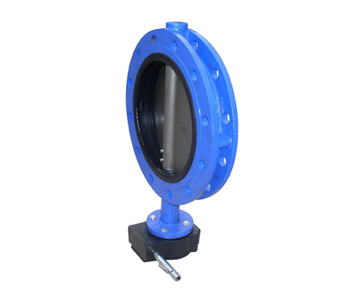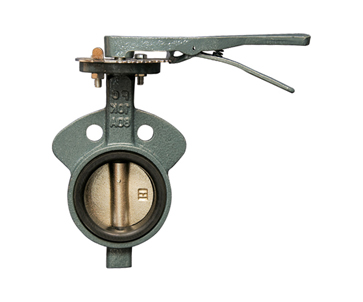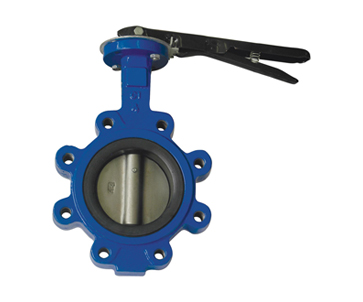The discs of a wafer type check valve opens under the action of fluid pressure, and the fluid flows from the inlet side to the outlet side. When the inlet side pressure is lower than the outlet side, the valve discs automatically closes under the action of the fluid pressure difference and the power of springs to prevent the fluid from flowing backwards.
 EN
EN







 Call us on:
Call us on:  Email Us:
Email Us:  No.68 Hezuo Road, Shijiazhuang City, Hebei Province, China
No.68 Hezuo Road, Shijiazhuang City, Hebei Province, China 